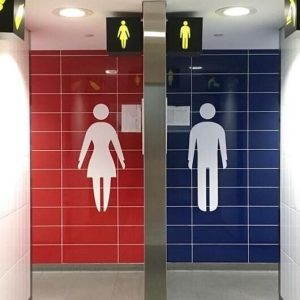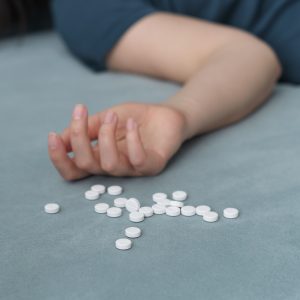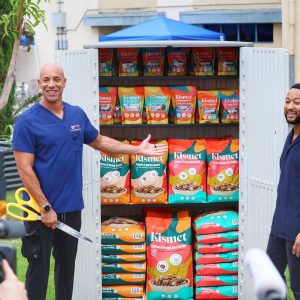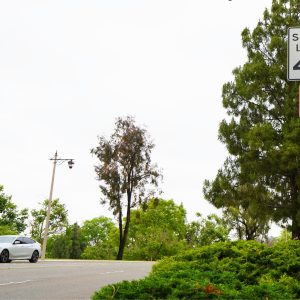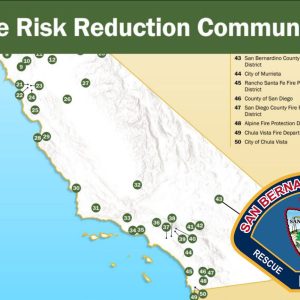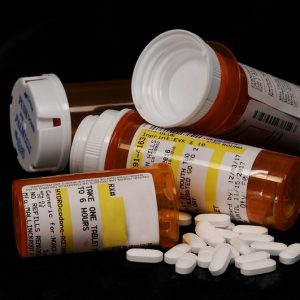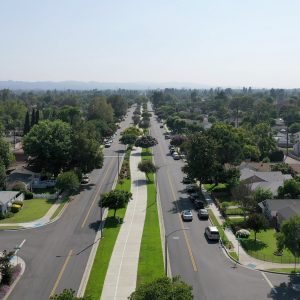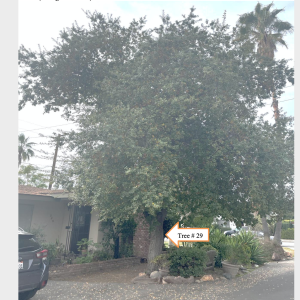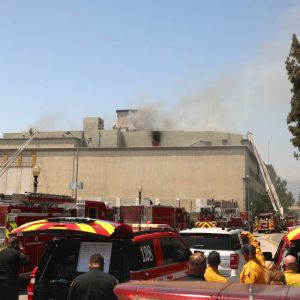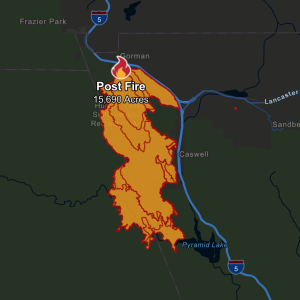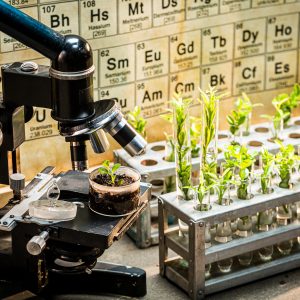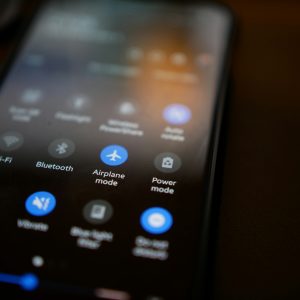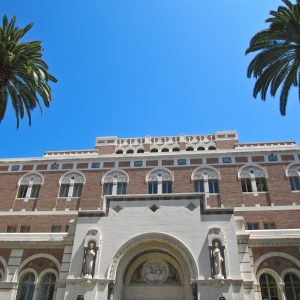 View Winners →
View Winners → New Report Reveals Quality of Monrovia’s Tap Water
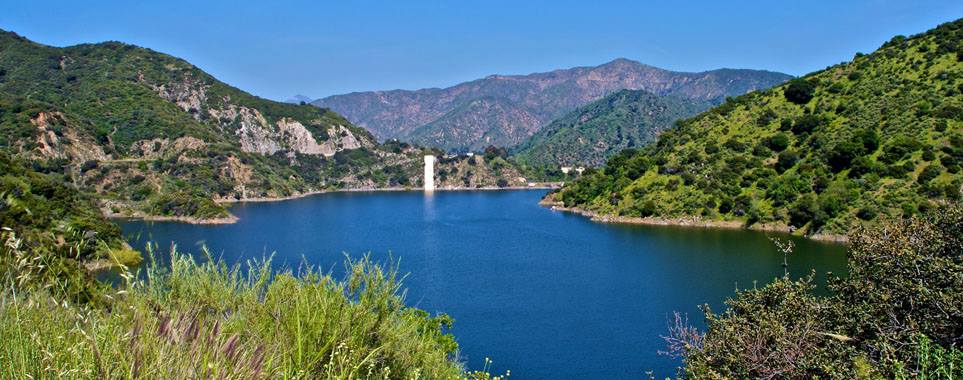
Image used for illustration only. – Courtesy photo / Facebook, @MainBasinWatermaster
By Amanda Sulker-Hall
Each June, the City of Monrovia publishes a Drinking Water Quality Report, or Consumer Confidence Report. Within the report it is disclosed to the residents of Monrovia where their water is coming from, what it contains and how the water quality compares to the standards of the state. The city recently completed this report, which covers the period of Jan. 1, 2018 – Dec. 31, 2018, and complies with the regulations set by the Safe Drinking Water Act.
The sources of drinking water (both tap water and bottled water) include rivers, lakes, streams, ponds, reservoirs, springs, and wells. As water travels over the surface of the land or through the ground, it dissolves naturally occurring minerals and, in some cases, radioactive material, and can pick up substances resulting from the presence of animals or from human activity. Tap water in Monrovia is all ground water from wells in the Main San Gabriel Basin.
The most recent report discusses some of the contaminants found in Monrovia’s water supply. According to the report, “The presence of these contaminants in the water does not necessarily indicate that the water poses a health risk.”
Water was tested for microbiological contaminants like E. coli which comes from human and animal fecal waste. The report found that there was no month when water sources were in violation of exceeding amounts of permissible E. coli levels.
Lead an inorganic contaminant can be found in internal household water plumbing systems, discharges from industrial manufactures, and erosion of natural deposits. Currently from the 31 samples collected none of the results showed any sign of exceeding levels above the Regulatory Action Level (AL) of lead that would require treatments.
Chlorine, a disinfectant, is added to the water as a treatment and tested weekly. The average amount of chlorine found in the water is about 0.94 ppm (parts per million or milligrams per liter). The range of detection was 0.25-1.38, below the MCL (Maximum Contaminant Level) of four and the MCLG (Maximum Contaminant Level Goal), in other words the standard set by the state.
Fluoride is one of the contaminants that are commonly sourced from erosion of natural deposits and found near drainage like fertilizer factories. The last listed sample date was May 2017. The average contamination was 0.45 ppm which is far below the MCLG which is one. Another contaminant tested on this date was sulfate. The source of this contaminant was runoff/leaching from natural deposits and industrial wastes. The average level found was 31 which falls below the MCL of 250.
All water customers will receive an insert in their June 2019 utility bill insert, which provides additional information regarding the water quality report. For more information on contaminants and the report, click here.
If you should have any questions regarding this matter, please feel free to call the Public Works Department at (626) 932-5575.





